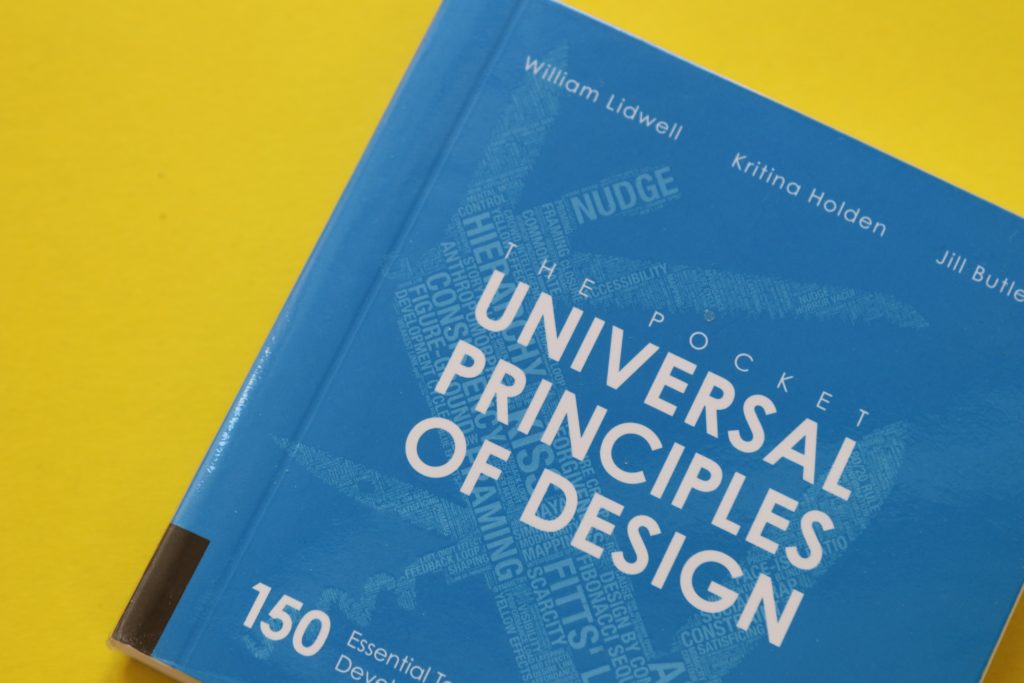Design principles and practices are essential tools that help designers create visually appealing, functional, and effective solutions. Whether it’s creating a website, logo, product design, or user interface, these guidelines allow for the best possible outcome for the goal.
At the core of each project is understanding the basics of design principles. The most common principles include balance, composition, contrast, and hierarchy. Balance ensures elements within a design have both visual and physical equilibrium by anchoring items around an axis point. Composition is how all the parts within a design are joined together to communicate a message and produce harmony between elements.
The contrast gives emphasis to certain components by highlighting them against other elements in different shades of color, sizes, and textures. Hierarchy arranges items into order based on importance or function; typically putting primary components on top with secondary beneath. These can be further broken down into areas like scale, texture, and flow which assist in achieving visual interest in a design project.
Practices encompass the actions that can be taken while using these principles to create an end result. This could range from applying typography rules; such as font selection or line heights; to understanding how layout placement impacts readability as well as accessibility considerations for both print and digital media. Additionally, there are techniques for creating engaging copy that will draw readers in as well as grids for helping establish page structure + balance on a page or document When all put together it helps designers organize their ideas + present them logically so they can reach their intended audience effectively.
Design principles + practices provide both novice + seasoned professionals with the necessary foundations for creating effective designs whatever purpose they may serve; whether for user experience (UX) or presentation projects or simple branding pieces each one is unique to its user’s needs allowing them to make changes along way to achieve desired outcomes efficiently without compromising quality. Understanding this has become even more important due to recent advances in technology such as AR/VR experiences also allows designers to think outside box when it comes to considering potential solutions It’s part of what makes this field so interesting — no two designs ever have the same outcome!

With the vast number of options available, it can be difficult to decide what’s best for your project. That’s why having a solid design team with members who understand principles and practices is essential in order to create the most successful outcome. They should also have a clear understanding of user requirements and expectations as well as knowledge of semantic HTML coding practices which will help ensure content is accessible to all users regardless of their device or capabilities.
Designers should also consider other factors when working on a project such as legal implications and copyright/trademark considerations to prevent infringements or missteps that could occur from reusing images and texts without permission which could lead to costly fines or lawsuits. Additionally, aesthetics shouldn’t be overlooked either; good design not only looks great but should be user-friendly too so users don’t feel overwhelmed when trying to use an interface or product.
Overall, following design principles and practices allows designers to create visually appealing products that are functional and meet user needs while also remaining competitive in today’s marketplace. While some components may need adjustment over time due to technological advances, trends, or feedback from users, having an understanding of the basics will help ensure projects stay up-to-date and relevant.
Here’s a list of jobs that could benefit from Design Principles and Practices
- Web Design: Web design utilizes design principles such as color theory, typography, grid systems, and layout structures to create an aesthetically pleasing and effective user experience.
- Graphic Design: Graphic Designers use design techniques to create visuals for print (magazines, posters, etc.), packaging, advertisement materials (print ads and television commercials), logos, and branding.
- User Experience (UX) Design: UX designers create digital experiences that meet the needs of users while also considering how they interact with the product or service being provided.
- Product Design: Product designers are responsible for creating objects such as furniture, appliances, electronic devices, and consumer goods that are both functional and aesthetically appealing.
- Industrial Design: This type of designer focuses on designing products used in industrial settings such as factory equipment or machinery. They must consider concerns such as production costs, ergonomics, safety, and maintenance when creating a product design.
- Interior Design: Interior designers focus on enhancing the look and feel of a space by rearranging furniture, choosing paint colors or wallpapers, selecting window treatments, and other decorative touches to make an area more inviting and comfortable for its occupants.
- Fashion Design: Fashion designers take inspiration from trends in popular culture to create fashionable clothing items or accessories that can be mass-produced or sustainably manufactured at scale for global distribution.
- Architecture: Architects create both interiors and exteriors that are functional, safe, and aesthetically pleasing. They must consider the client’s needs, construction costs, building regulations, local climate, and more when designing a structure.
- Motion Design: Motion designers use design principles to create animated graphics for television commercials, movie openings, video game intros, or other digital mediums.
- Exhibition Design: Exhibition designers create visual displays for museums, galleries, or other venues to make the artwork more engaging and interesting for visitors. These designs often rely on color theory, visual storytelling, and soundscapes to convey a message or evoke an emotion in viewers.
In conclusion, there is a wide variety of design roles and disciplines that all utilize various principles and practices to create aesthetically pleasing and practical objects, products, and digital experiences. Designers must take into account many factors such as the client’s needs, production costs, safety regulations, and more when crafting their designs.